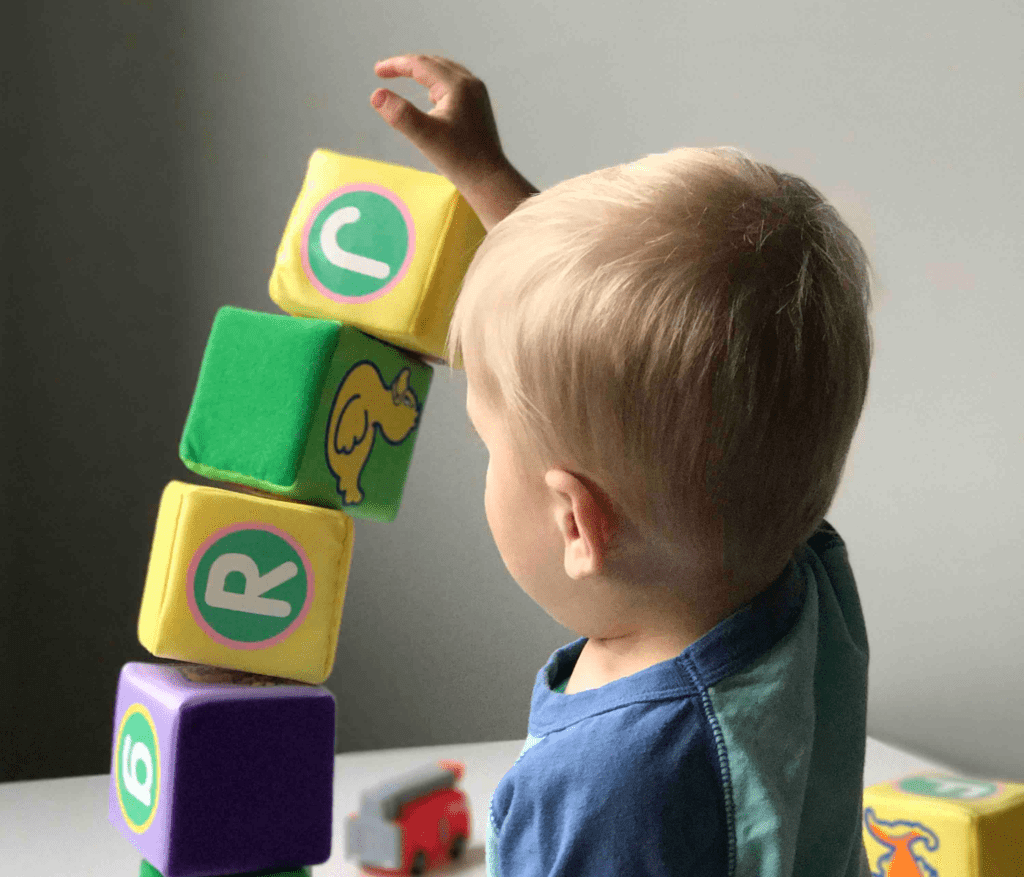Research has confirmed that a screening tool for autism developed by researchers in Australia can successfully detect autism in 83% of children aged 12 to 24 months. Coupled with a preschool check, 96% of children on the autism spectrum were identified by 3.5 years old.

Approximately 2% of individuals around the world are on the autism spectrum, although some studies claim that the rate is closer to 4%. We still don’t understand the condition all that well, but its prevalence seems to be high enough that a standardized test to detect it is warranted.
Autism refers to a broad spectrum of conditions characterized by challenges with social communication and by restricted or repetitive behaviors. Parents often detect some signs of autism in their children but detecting the condition quicker could help provide much-needed early support. In addition, even when parents do raise such concerns with their doctor, offering a diagnosis is difficult.
“Parents are often told to “wait and see” when raising concerns about their child’s development. This means the average age of diagnosis is around four to five, and opportunities for early support have been missed,” said Associate Professor Josephine Barbaro, from La Trobe University’s Olga Tennison Autism Research Centre (OTARC).
This is why having access to an accurate diagnosis tool can be so important, even if it’s not perfect. In a new study, researchers assessed the effectiveness of one such method called SACS-R.
The diagnosis tool was developed over 15 years by Professor Barbaro, and it is mostly aimed at identifying behaviors associated with autism, including infrequent or inconsistent use of:
- gestures, like waving and pointing at objects
- response to name being called
- eye contact
- imitation or copying others’ activities
- sharing interest with others
- pretend play
SACS-R has been used in some parts of Australia, and health professionals in ten other countries around the world (including Poland, Japan, New Zealand, China, Bangladesh, and Singapore) have received some training in it. But until now, it wasn’t known exactly how well the method works.
Now, the data is coming in. Every child in the Australian state of Victoria must attend a routine health check at 12, 18 and 24 months. As of 2019, SACS-R has been included in those check-ups. A total of 13,511 children underwent these check-ups. The data shows that while not perfect, the method is very effective at detecting autism in infants: by 24 months, autism was detected in 83% of cases and by 42 months, the detection rate increased to 96%..
“Putting this extremely effective tool in the hands of a trained primary health professional, so that during their routine health checks they are also screening for autism, makes a huge difference to early diagnosis.
“Not only is SACS-R the world’s most effective screening tool, unlike many it can be used within the community on large populations, enabling early identification of very young children across the board,” Associate Professor Barbaro said.
Early identification of children on the autism spectrum is essential for providing them and their families early support, which can make all the difference in the development of the child. The need for improved early autism identification tools is evident, and there’s no globally used or standardized test with sufficient accuracy. SACS-R could be the first one.
La Trobe Vice-Chancellor Professor John Dewar said the screening tool is an example of how science can make a direct and tangible difference to people’s lives.
“Early autism identification using this tool has already changed the lives of thousands of children and their families around the world,” Professor Dewar said.









